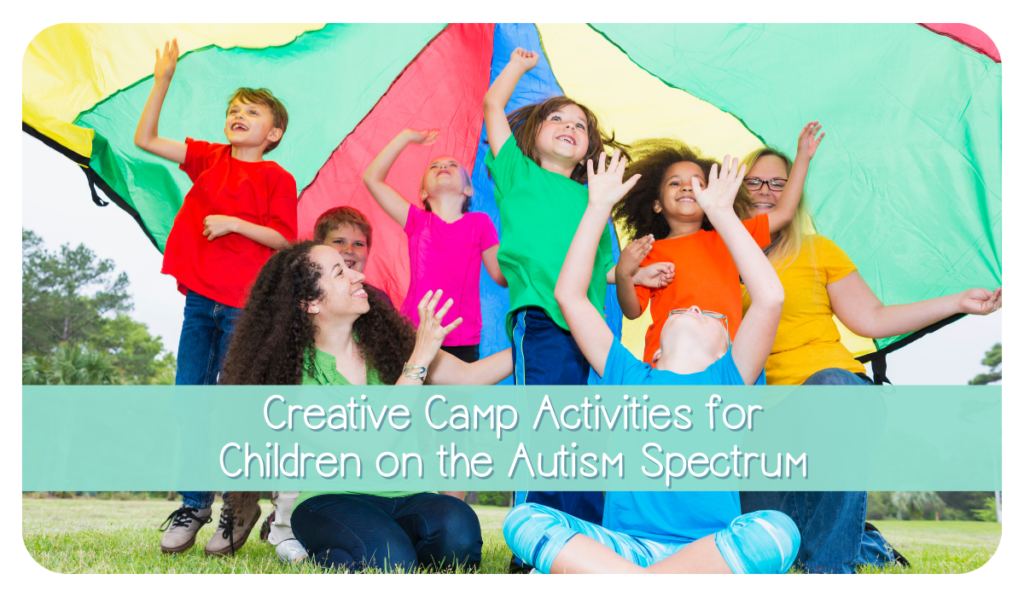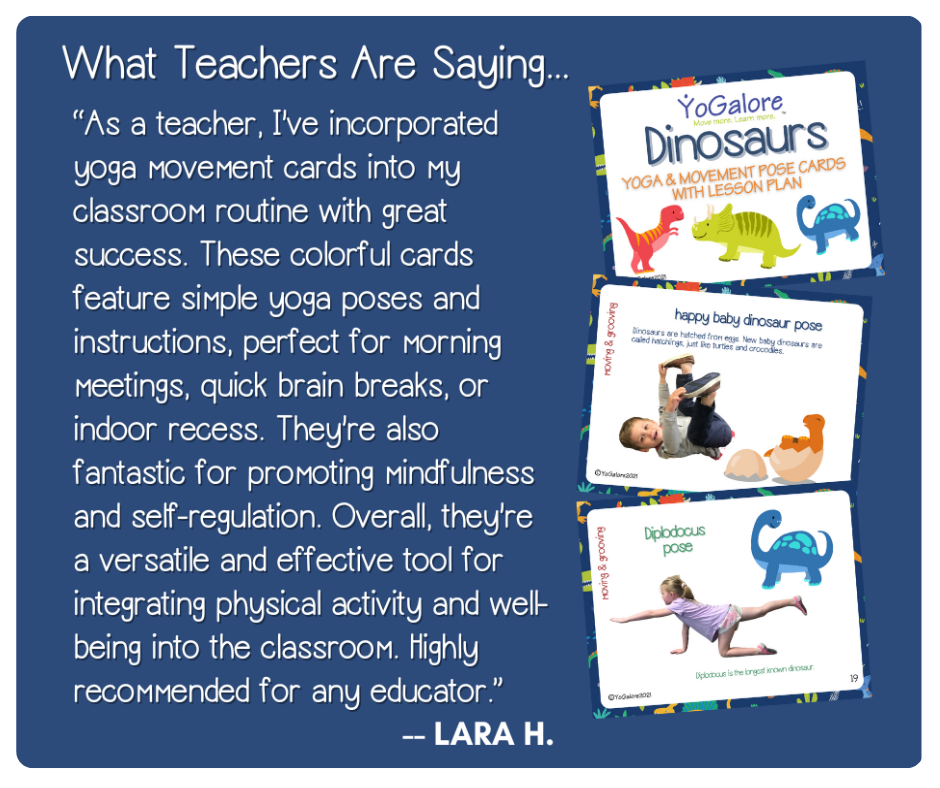As the parent of a child on the autism spectrum, it’s not uncommon to at times feel a little helpless. Sure, you can control the neighborhood you live in and the school they go to, but once they’re out of your sight, you can’t know if they’re getting everything they need. This becomes especially challenging for parents of children on the spectrum who are nonverbal.
That said, it’s vitally important that children on the spectrum have every opportunity to be kids and do things they love along with activities that can help them acclimate to a world that can feel very harsh and overwhelming to them.
Sensory activities, social skills, fine motor skills, and communication are often the biggest issues for individuals on the spectrum, so it’s important to find ways to help them build these skills in a safe environment. Luckily, there are many ways to accomplish this with lesson plans that incorporate play and activities. If you’re the parent of a child on the autism spectrum and you’re thinking of sending your child to a summer or day camp this summer, here are some activities you’ll want to be sure the camp offers:
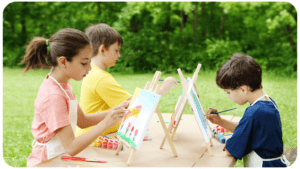
Creativity-boosting Activities
Being creative is a great way for children with autism to express themselves, engage in sensory play, and even learn to communicate. Creative activities might include:
- Painting
- Sculpting
- Writing
- Drawing
- Dancing
- Singing
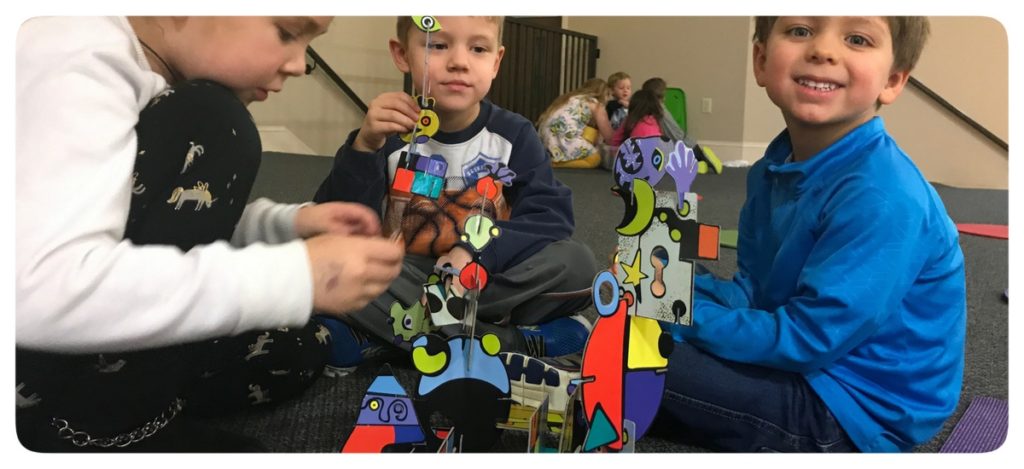
Keep in mind that some kids with sensory issues will be reluctant to try some crafts or art projects at first. It can be uncomfortable or irritating for them to deal with strange-feeling elements, especially those that are wet, sticky, and generally messy.
Make sure the camp carefully monitors how children react to the activities presented to them. If your child tends to be particularly sensitive to touch or if you’re not sure how she’d react with a hands-on project, be sure there will be alternatives provided for her.
If you want to start introducing your child to these concepts prior to camp, a good place to start is with tape art. It’s low-cost, mess-free, and with the wide variety of colors and patterns tape comes in these days, your child can create any kind of image or creation she desires. Younger children can also work on their scissor skills (with guidance), and the learning opportunity can be increased by suggesting different shapes for them to cut out.
Pipe cleaners are another great tool for crafting because though they are sensory-stimulating, they’re pleasant to the touch. They come in all colors and their flexibility makes them even more fun to play with. Help your child create her favorite animal, a beautiful ring, a funky hat, or even a pencil buddy.
Of course, you’ll want to make sure counselors will be on hand to monitor safety at all times. Crafting tools, like scissors, and some materials, such as pipe cleaners with pointy ends, could cause an injury.
Puzzles and Games
For children who crave order and enjoy puzzles, it’s important that they’re given the opportunity to play games and experience simple stimuli that will help them make sense of things.
Ask camp leaders if they work with emotion cards. These can be a great way to help a child learn and express feelings. Check out Stages Learning Materials. These cards come with an instruction booklet with lots of effective teaching suggestions on how to help children learn to recognize emotions.
Another great sensory activity that also engages fine motor skills is to have a child use crayons and thin paper to create rubbings. They should be shown how to place different textured items beneath the paper–large coins, sandpaper, a raised tin sign–and go over them with crayons to create a design.
It’s important for many children with autism to learn how to communicate effectively as well as how to gain social skills. For some, having practice with social cues helps eliminate stressful situations, and a good way to do this is by making a comic book that deals specifically with potential social situations and how to navigate them.
Sensory play is also important so be sure the camp has methods for it. For example, one option is to create a sensory table filled with bins that include rice, bath beads, water, sand, and any other household item that has a nice texture or smell. Allow the child to engage as many senses as possible and encourage her to talk about what she feels, hears, sees, and smells.
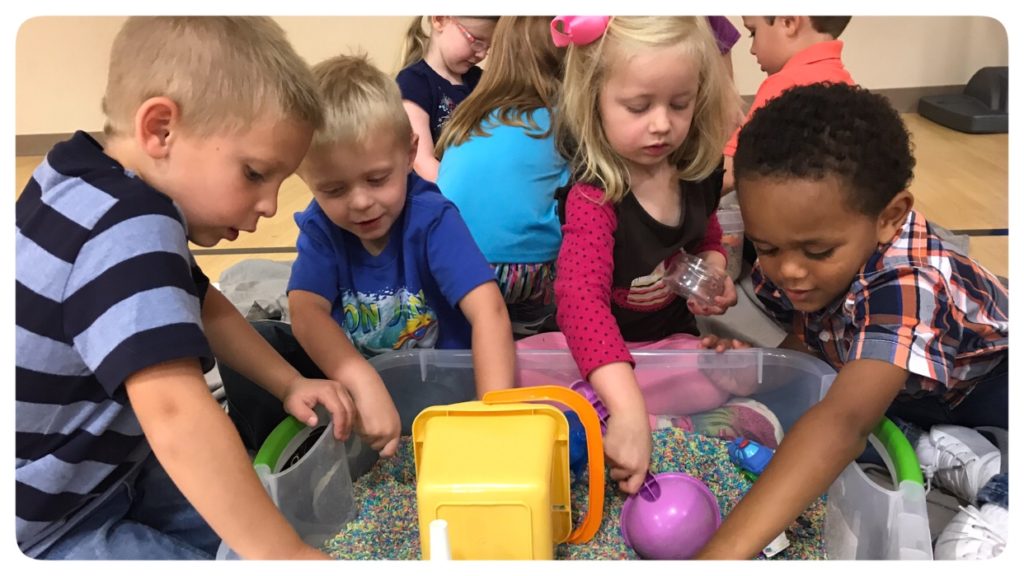
Prepare
The most important thing to look for at any camp is patient, caring counselors. Make sure they have a love for teaching, and if possible, introduce your child to the counselors and the camp environment before the first day.
Author: Alex Robbins
Be sure to take a look at some of our Yogalore products on TpT. Teachers and parents use our products for some fun and beneficial camp activities!

